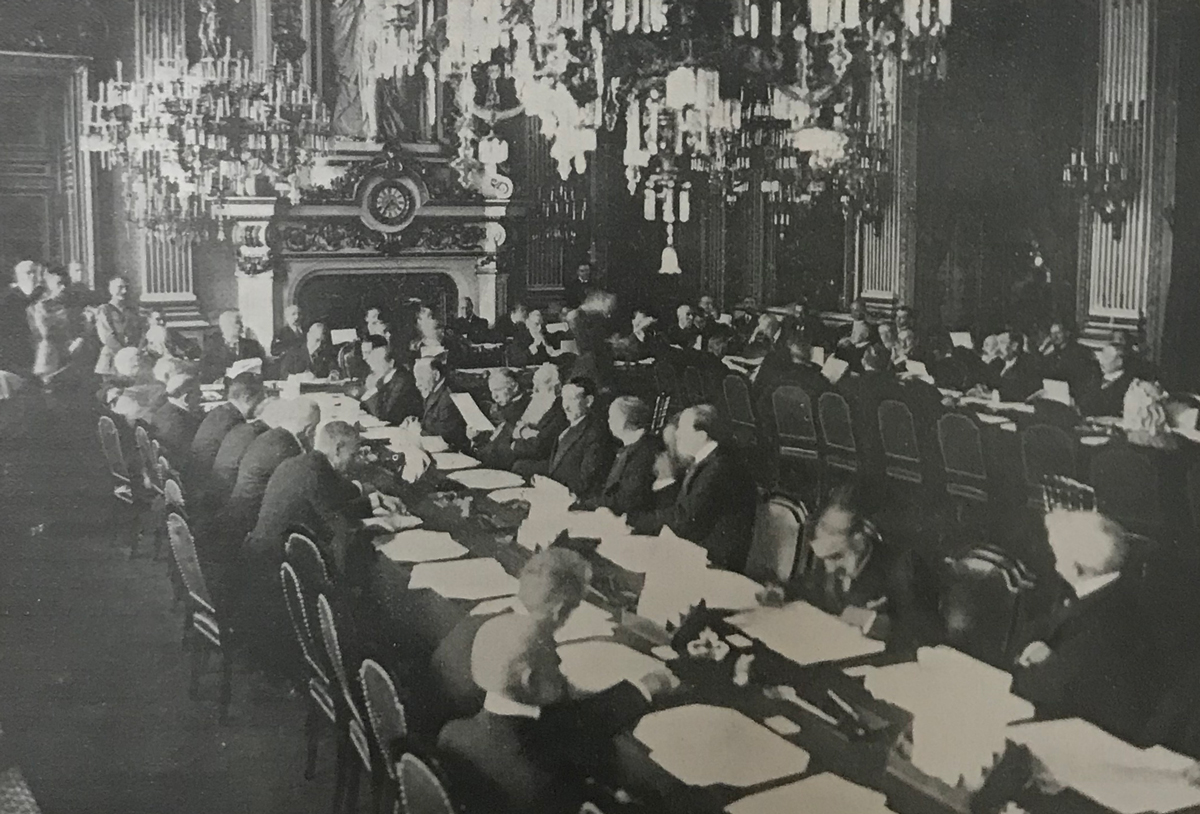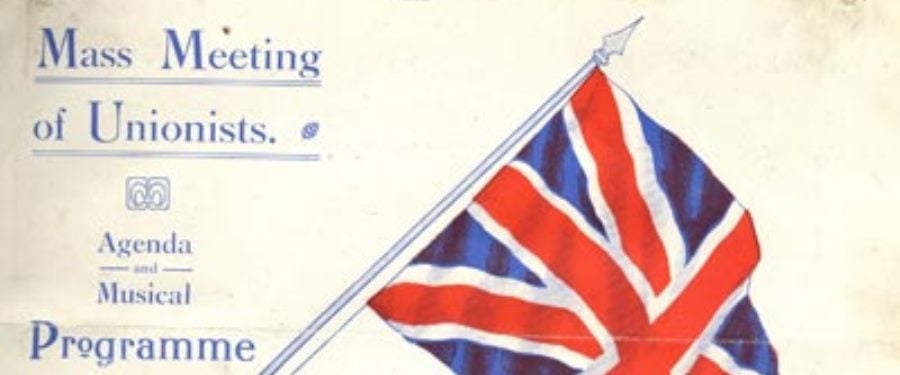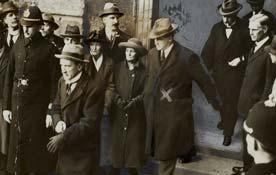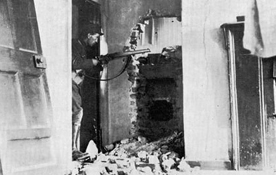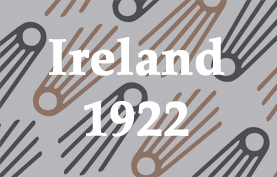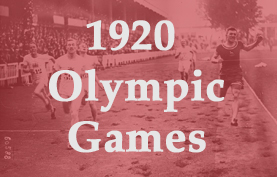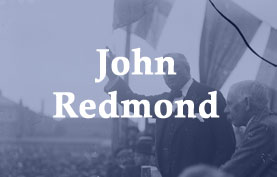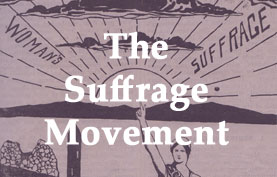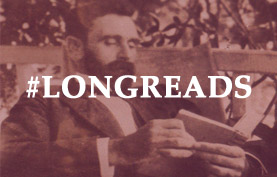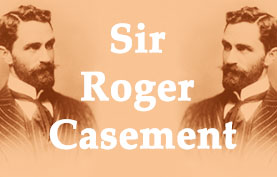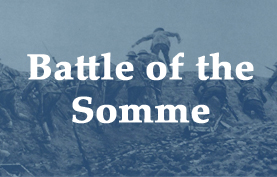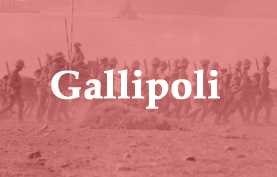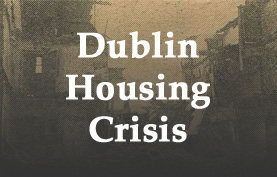Explainer: The Paris Peace Conference
By Dr Darragh Gannon
What was the Paris Peace Conference?
The Paris Peace Conference (also the Versailles Peace Conference)
was an international summit of world leaders, convened on 18
January 1919, by the victorious Allied powers (France, Italy,
United Kingdom, United States), to bring an end to the First World
War, and to lay the foundations for a permanent peace in Europe.
The principal aim of its convenors, notably France, was the
prosecution of diplomatic victory over the militarily defeated
Central Powers, notably Germany. More idealistically, American
President Woodrow Wilson conceived the Peace Conference as a
progenitor to a new world order, based on his wartime invocations
of self-determination for, and international co-operation between,
all nations. Nationalities from Ireland to Korea would make
representations for independence in Paris, on these points. The
Peace Conference would adjudicate over international recognition
of new states, borders, and mandates, while deciding the terms,
and conditions, of defeat for the Central Powers, until January
1920.
Who attended the Peace Conference?
The Peace Conference was convened by the principals of the
‘Big Four’ Allied powers: Georges Clemenceau (France),
David Lloyd George (United Kingdom), Woodrow Wilson (United
States), and Vittorio Emanuele Orlando (Italy). It was convened in
Paris, specifically, at Clemenceau’s behest. ‘I never
wanted to hold the Conference in his bloody capital’, Lloyd
George rankled, ‘but the old man wept and protested so much
that we gave way’. 27 states, and five non-state
nationalities, were invited to participate in the Conference.
Among those present were delegates from the British dominions
(Australia, Canada, Newfoundland, New Zealand, and South Africa),
and India, who had pressured Lloyd George into extending them
invitations, beyond that of the ‘British’ delegation,
on the basis of their war record. In sum, over 400 participants
travelled to Paris from across the Empire. Other groups were
excluded. The Bolshevik government, whom Clemenceau considered to
be traitors to the Allied cause (‘La Russie nous
trahit’ [‘Russia betrays us’]), were not invited
to the talks in Paris. German representatives, invited to the
Peace Conference on 14 April, meanwhile, arrived in Paris two
weeks later to a fait d’accompli: the Treaty of Versailles.
How did the Peace Conference work?
The Conference was opened in the Palace of Versailles’ Hall
of Mirrors on 18 January 1919. Date and setting were significant.
On this day and place, in 1871, Wilhelm I had been proclaimed
Emperor of a united Germany, following France’s defeat in
the Franco-Prussian War. 21 states were represented at this first
plenary session, which was open to the press. Delegations from
Guatemala, Liberia, and New Zealand, among others, were late on
arrival. Proceeding in French and English, it established
international commissions to outline proposals on issues ranging
from the League of Nations to states’ responsibility for the
ar. Their findings were presented to the Conference at nine
end-of-week plenary sessions. The essential business of the
conference between January and March was carried out by the
‘Council of Ten’. This consisted of the leaders and
foreign ministers of France, United Kingdom, United States, Italy,
and Japan. Meeting 72 times (and often twice a day), they
established 58 subcommittees to report on territorial issues on
continental Europe. These meetings took place in camera, only
official communiqués reaching the press. From March 1919,
the ‘Council of Four’, Clemenceau, Lloyd George,
Wilson, and Orlando, met increasingly in private, taking decisions
(and copious amounts of tea) in Wilson’s study at the
Hôtel Murat, a private residence in Paris’ eighth
arrondissement. Pouring over a floor-sized map of Europe, the
‘Big Four’ met over 200 times, including sessions on
Sundays when required. Unsolicited visits from national
delegations exhausted time and patience. ‘I think if I could
have a really good piece of news’, Wilson decried at one
meeting, ‘I shall fall dead’.
What were the outcomes of the Paris Peace Conference?
On 28 June 1919, the Treaty of Versailles, between Germany and the
Allies, was signed in the Hall of Mirrors, five years to the date
of Archduke Franz Ferdinand’s assassination in Sarajevo. It
judged Germany and the Central Powers ‘guilty’ for the
outbreak of the War. Signed by representatives of the Weimar
government, under threat of an Allied invasion, the Treaty
prescribed the frontiers of the German state, returning the
provinces of Alsace and Lorraine to France, and recognising Poland
and Czechoslovakia as independent nation-states. Germany’s
colonies in Africa and Asia were now designated League of Nations
mandates. In addition, Germany was encumbered with the financial
cost of damages caused by the War. The reparations demanded by
Article 231 of the Treaty amounted to £6.6 billion
(£284 billion in today’s money). The final instalment
of the First World War reparations was paid in 2010.
Accords were signed by the other defeated Central Powers later, and elsewhere, in Paris: Austria (Saint-Germain, 10 September 1919), Bulgaria (Neuilly, 27 November 1919), Hungary (Trianon, 4 June 1920), the Ottoman Empire (Sèvres, 10 August 1920). New states, accordingly, were recognised on continental Europe: Austria, Hungary, Turkey, Yugoslavia.
Meanwhile, Woodrow Wilson’s vision for a new world order, the League of Nations, was finally realised, in Paris, in January 1920. Heavily drafted by Robert Cecil and Jan Smuts, the Covenant of the League of Nations established a charter for the achievement of international peace and security, and the maintenance of international co-operation between members. International disputes were to be placed before a General Assembly and arbitrated by a Permanent Court of International Justice. The Covenant’s most ambitious clause, Article 10, obliged states to preserve the ‘territorial integrity’ and ‘existing political independence’ of all League members, suggesting a membership premised on internationalist military obligation. This clause, ultimately, would defeat League of Nations legislation, and Wilson’s career, in the U.S. Senate in November 1919. The idea of the League, Sigmund Freud and William Bullitt observed of Wilson, ‘made it possible for him to believe he had indeed saved the world’. 44 countries, without the United States, would become founding members.
Dr Darragh Gannon is based at Queen’s University, Belfast, where he is Research Fellow to the AHRC-funded project ‘A global history of Irish revolution, 1916-1923’

